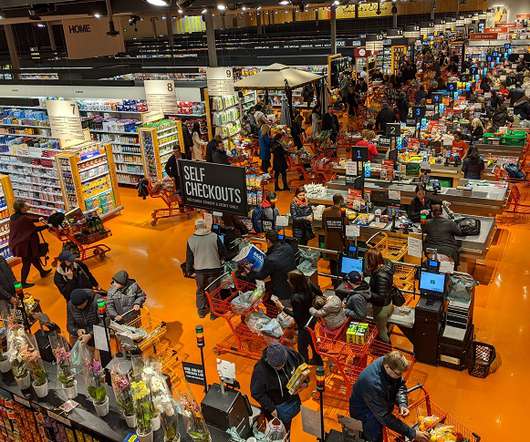The Future of Retail Pricing Strategies in an Unstable Economy
RETAIL MANAGEMENT SOFTWARE
JUNE 25, 2025
For brands in sectors such as apparel, Footwear, Jewelry, Sporting Goods, Home Goods, and Department Stores, finding the right retail pricing strategies is crucial to survival and profitability. Legacy pricing approaches can’t adapt fast enough to market changes. Retailers are operating in a high-stakes pricing environment.












Let's personalize your content